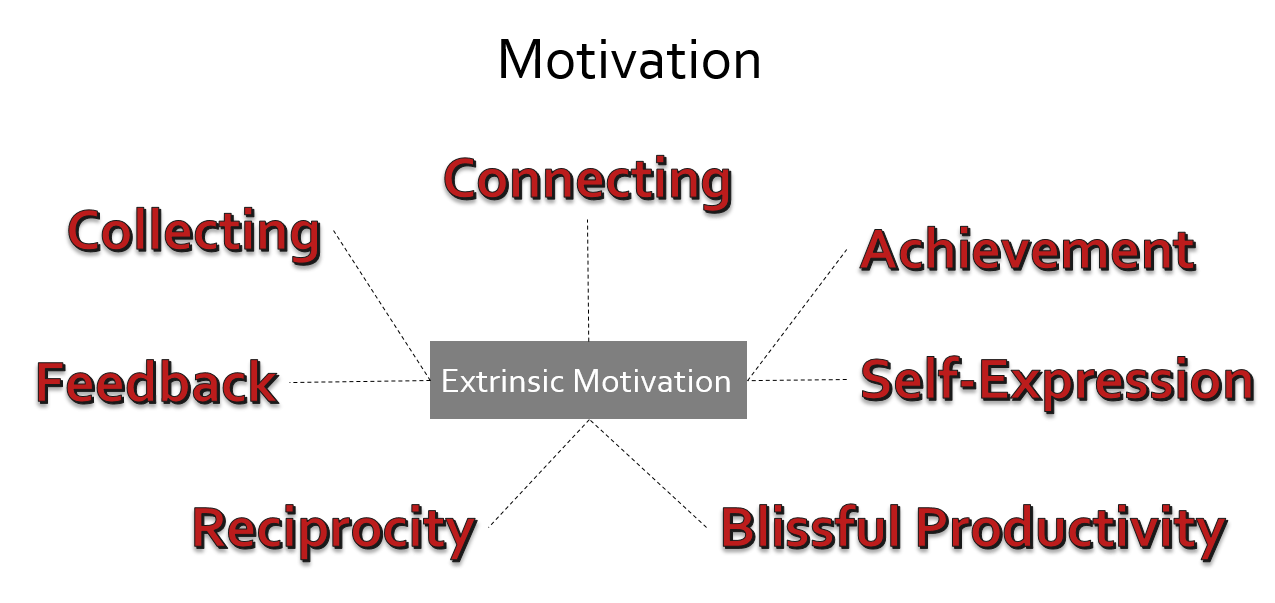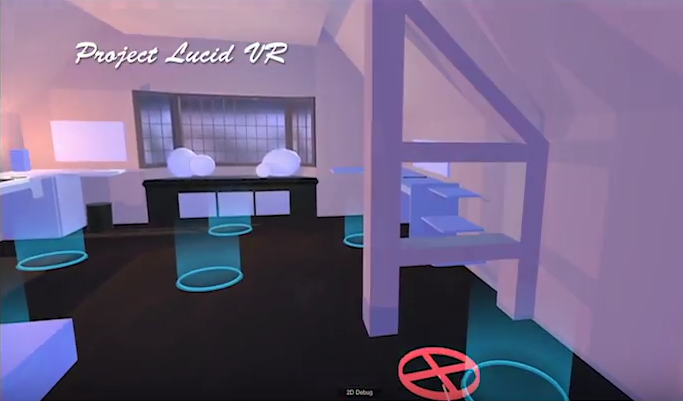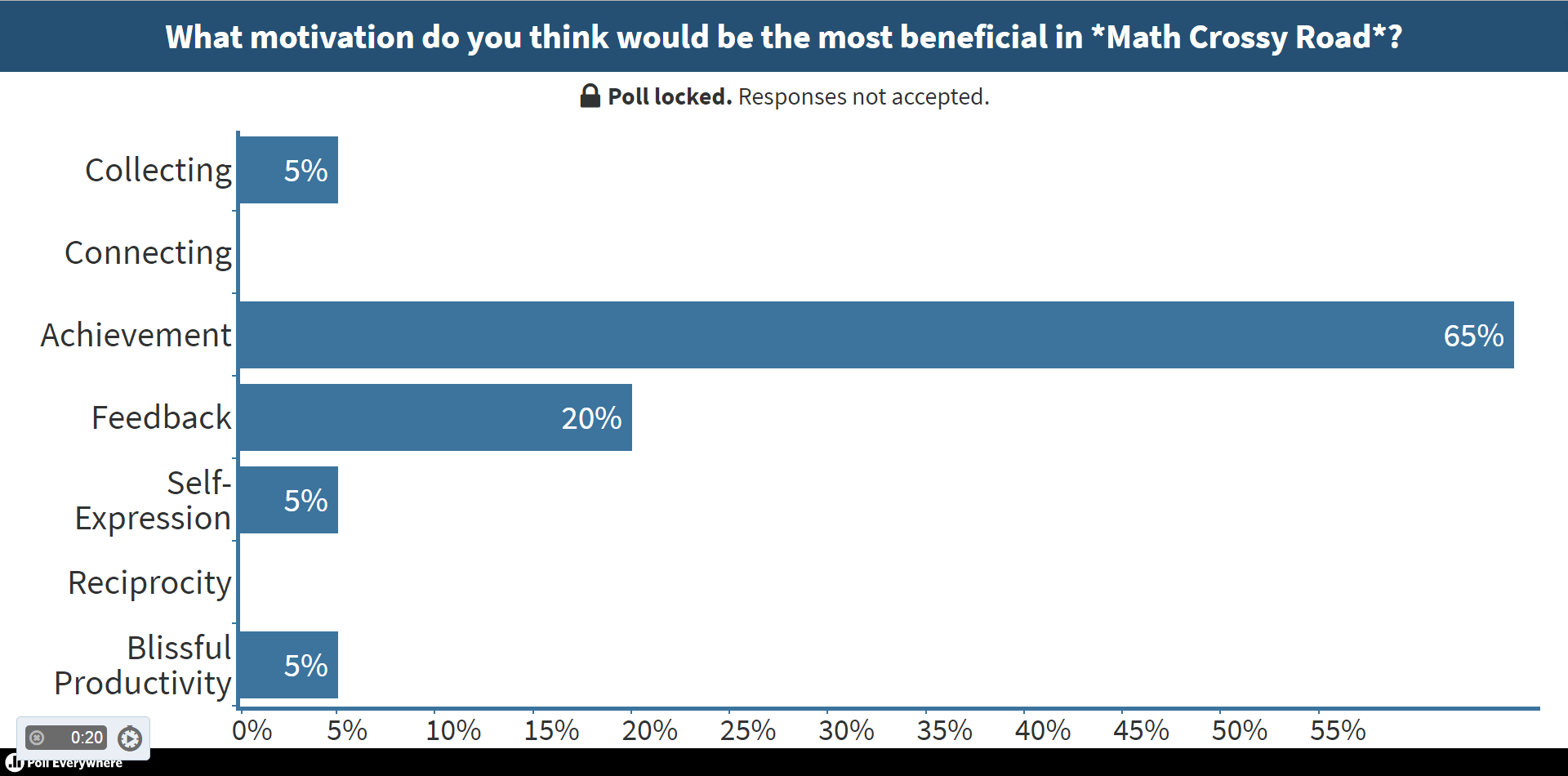What Makes a Good Serious Game
This article will highlight important elements to consider before undergoing the development of a serious game, the five learning levels, and different motivational techniques that can be applied to create higher retention rate from the user.

Introduction
Serious games have only recently become a hot topic in the gaming community, though it has been around for some time. Unlike the gamification (applying game elements to make a task more fun), serious games are created around the specific purpose of teaching skills or to help create a better understanding of concepts. This does, however, include gamifying tasks, to make the game more fun.
Serious Game Requirements
The first step to creating a serious game is to understand the niche of people the serious game is targeting. Age, language, demographic and experience with technology are very important characteristics to consider before development to ensure an element of ‘fun’ can be applied when meeting the user’s needs.
These are important to consider because of the cognitive capacity of the user.
When looking further into motivation, if the program does not respond how they would expect, or the vocabulary is too advance or even too juvenile it may deter the user from proficient learning.

Five Learning Levels
The five learning levels give the user an understanding of the game, this covers the how, what, why, where and the when and whether. Each of these learning levels, respectively, help to achieve better gameplay for a game and for serious games.
How:
The first thing a user must learn is how to do something. This can include how to move (control mapping), and external game menus traversal, such as play, pause, save or exit. These controls must become second nature to the user for a better learning experience.
What:
Next, is establishing what they user can and cannot do. This includes the rules and the digital boundaries within the game. By setting rules and boundaries this can encourage reflection on the how learning.
Why:
The user must then know why they are doing, what they are doing. Some why’s can include scores (currency), strategy for winning for both short term and long term.
Where:
Perception is a key element of learning, the where refers to the awareness of where the user is. This includes their location on a map, level, rank etc. This is important feedback for the user because it allows them to see their progression, immersion within the game, in addition to, where they need to improve.
When and Whether:
When and whether refers to the user’s decision on when to use/do something and whether to use/do it. This can be applied to power-ups, spending currency, or, strategic moves within a game, such as to attack or defend. This encourages the user to reflect on each of the other four learning levels with the ultimate goal of having the user make their own justified decision.
Motivation
Motivation in serious games I have found is dependent on the individual. Typically, Extrinsic Motivation (motivation given through reward elements in the game) are what encourages the user to continue playing and in turn, learn. Based on the skill or knowledge trying to be taught, different motivational triggers could be applied to the serious games to accommodate for different motivational drives.

Collecting:
The accumulation of items, this can include trading cards, coins, stamps, gems, etc. Collecting usually applies to those that fall within the achiever and killer player types.



Feedback:
Communicating the state of the scenario of the game to the player. This can be achieved through haptic responses, visual cues, and sound conditioning the player to know what was ‘good’ or ‘bad’. Each of these requires a balance, as too much feedback can be overwhelming to the user, and can cause confusion or disorientation. Feedback is a necessary requirement in communicating to the user, and this applies to all four of the player types.
![]()

![]()
Connecting:
Allows users to share their achievements, progress, or creations over social media such as Facebook, Twitter, Discord, Instagram, Steam, etc. This is the primary motivational driver for those of the social player type.

![]()
![]()
Achievement:
Rewarding the user with trophies, currency, and rank for effort, the dedication of play, etc. This motivation is the primary driver for those that categorize in the achiever player type.



Self-expression:
The personal twist a user puts into the game. This can be through avatars, personal usernames, and creations. This is the primary driver for those in the social, killer and achiever player types.
![]()


Reciprocity:
The need to give back. The common example used for this is receiving something free and feeling an obligation to give back, most of the time, by purchasing the product. This is the primary driver for socializers.
Blissful Productivity:
Establishing the grounds to show the benefit to playing the game and in turn, the player creating an intrinsic motivation because they believe there is a meaningful outcome. This is the primary motivational driver to all player types.

Applying Motivation
This game example was done as an in-class exercise with my Special Topic’s class at the University Of Ontario Institute Of Technology, which I thought would be interesting to share. I have only recently begun to learn about different aspects of serious games and I wanted to see what my peers thought, as developers, what would be appropriate design choices for this game.
The game for sake of time uses the mobile game, Crossy Road, game area as the visual placeholder. The game is for children learning addition, subtraction, multiplication and division. The objective of the game is for the user to calculate the answer to the mathematical problem displayed on the screen, and jump onto the log with the correct numerical answer, in order for the log not to break.
When giving this example to my peers they were not aware of the order to which the learning levels progressed. The first question asked was “Which of the 5 learning levels do you think is the most important to include in the *Math Crossy Road* game?” and the result was surprisingly scattered.

As you can see from the image above, most thought that the most important learning was “what” which I believe is very important because the main controls of the game are what allow the user to understand the rest of the game through the other levels.
Secondly, the other question I asked was “What motivation do you think would be the most beneficial in *Math Crossy Road*?” I found this to be an interesting poll because the majority of people said achievement was the ‘most beneficial’ motivation. Though I don’t disagree that achievement is beneficial, I believe all games should strive for blissful productivity motivation. When a user has their own intrinsic motivation to play the game, whether it be for the achievements etc. if the user feels the need or the benefit of playing the game that is the best motivation.

In conclusion, serious games are designed to focus the teaching of a specific skill or concept. When creating serious games understanding the user’s expectation and their cognitive capability are key elements in effectively communicating and teaching through the five learning levels and designing the motivational elements to driver player retention and hopefully blissful productivity.
Please feel free to leave comments on likes and dislikes to this article. I am quite interested in knowing the opinions of others to expand my thinking and approach to serious games.
Picture References
https://coolchoices.com/wp-content/uploads/2015/07/game-cards-small-1.jpg
http://img.clipartall.com/coin-clip-art-free-clipart-coins-clipart-2080_2560.png
http://www.smartplusnew.com/images/stories/products/steelie/shake-it-mobile-phone-icon-94492.png
http://cdn.osxdaily.com/wp-content/uploads/2013/03/sound-icon.png
https://facebookbrand.com/wp-content/themes/fb-branding/prj-fb-branding/assets/images/fb-art.png
https://cdn1.iconfinder.com/data/icons/logotypes/32/twitter-128.png
https://cdn-img.easyicon.net/png/11706/1170662.gif
https://s-media-cache-ak0.pinimg.com/originals/e4/e6/a0/e4e6a0f90aa73a8772183f48554d9141.jpg
http://blog.verticalresponse.com/wp-content/uploads/2013/09/GoogleAuthorRank-620x350.png
http://passiveincome.in.th/wp-content/uploads/2016/03/username-password-tplink-router-1.png
https://s-media-cache-ak0.pinimg.com/originals/36/c9/21/36c92147782f5060a75a6c5798affd42.gif
https://s-media-cache-ak0.pinimg.com/originals/ca/02/d8/ca02d8533273c9d8598dc4a3fcee14de.png
Read more about:
BlogsAbout the Author
You May Also Like









